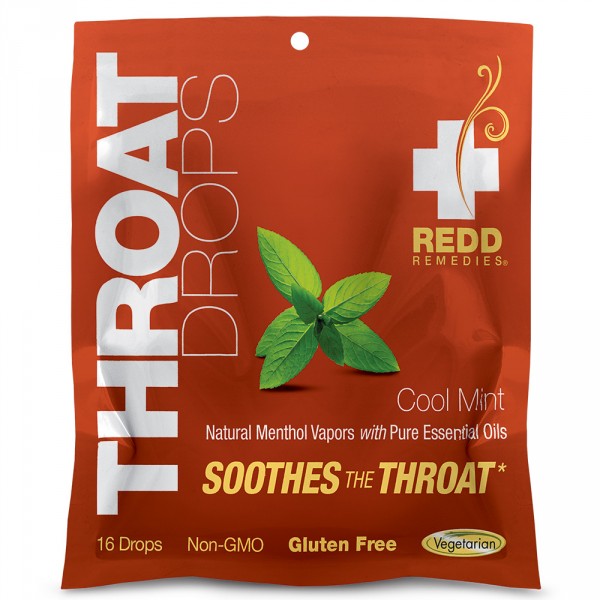This is a very effective recipe for pain that smells really nice! It’s not at all medicinal or strong smelling, and it works very well for pain and sore muscles or cramping (including menstrual cramps).
The recipe below is a 10% essential oil dilution, which is meant for acute pain and injuries. It is the most effective dilution for topical issues, but it is not meant to be used every day on an ongoing basis. If daily is desired, it is best to dilute the essential oils in the recipe below by half or more.
Items Needed:
1 oz dropper bottle
10 drops cinnamon bark essential oil*
10 drops camphor essential oil
10 drops eucalyptus essential oil
10 drops peppermint essential oil
5 drops clove essential oil
5 drops rosemary essential oil
Carrier oil (I used fractionated coconut oil, but any carrier oil can be substituted)
*Note: Cinnamon bark is one of the more expensive oils in this blend, so if desired, you can substitute cinnamon cassia, which has similar benefits. The difference between the two is that cinnamon bark uses only the bark of the cinnamon tree, so it has the cleanest scent; cinnamon cassia is made from the bark, twigs, and leaves. Cinnamon cassia has similar benefits to cinnamon bark, but does not have the pure, clean, cinnamon scent that cinnamon bark has.
Note 2: The recipe above is the most effective, but if you do not already own any of the above oils, I’m not suggesting you need to run out and buy six different bottles of essential oils to make a pain blend. The most important oils in the above blend are cinnamon, camphor, and peppermint. You can substitute oils for the others or use them in slightly different ratios if needed. A 10% dilution uses 60 drops of essential oils for 25ml of carrier oil (which is 5/6 of an ounce or 5 teaspoons). To make a less concentrated version to use on a regular basis, you can reduce the amounts of essential oils listed above by half or more.
Directions:
Combine essential oils in a 1 oz amber dropper bottle (available at the store). Fill the remaining space in the bottle with your preferred carrier oil to the base of the neck (so it doesn’t overflow when you put the dropper in).
Shake the bottle gently to disperse the essential oil in the carrier oil and rub a small amount (1/2-1 dropperful) on the affected areas. To apply, drop the oil onto your palm and rub hands together to warm the oils before applying for maximum benefit.
The above recipe can also be used in a 2 oz spray bottle with magnesium oil (which will even further boost its pain relieving powers). For a 2 oz bottle, double the amount of essential oils used and substitute magnesium oil for the carrier oil in the recipe above.



















